Sustainability has been a key ingredient for Kia’s fleet success in the UK – both from an environmental and business point of view.
The manufacturer has grown into one of the powerhouses in the fleet sector, boasting an award-winning range of cars - both electric and ICE - but its growth has not been based on pushing volume at any cost.
“The cornerstone of our success really has been that we’ve grown our fleet business without damaging the RVs,” says John Hargreaves, general manager for fleet and remarketing at Kia UK, who yesterday (Thursday, June 26) announced he was retiring after 14 years in the role.
“We haven’t taken the sort of quick fix routes to increasing volume. We’ve worked hard at it.”
The brand now offers a broad range of class-leading zero emission cars, and this was recognised at the Fleet News Awards, where it won four categories:
- Best medium car (sponsored by Ogilvie Fleet): EV6
- Best mid-size SUV (sponsored by Ogilvie Fleet): EV3
- Best Large SUV (sponsored by Ogilvie Fleet): EV9
- Zero Emission manufacturer of the year (sponsored by Fleet Procure): Kia UK
“We were absolutely delighted to get those,” says Hargreaves. “EV3, in particular, has also picked up a lot of other awards but for us to get the Fleet News awards are such a big positive because any EV, predominantly, is a fleet opportunity.
“If you get award like these, they reinforces the strength of the product and helps raise the profile of our EVs overall, which will help us as we’ve got the EV4 and EV5 coming before the end of the year.
EV3 is doing well in the areas you would expect, says Hargreaves, such as salary sacrifice and user-choosers, while EV6, which has recently been boosted by the addition of a cheaper model with a smaller battery.
“EV9 is clearly not doing as much volume because it’s in a much higher segment, but again it is going extremely well,” says Hargreaves.
“We’re doing those to people that probably haven’t been traditional Kia drivers – when I started here, a £75,000 Kia would have been inconceivable really, but it’s taken us into the Audi, BMW territory and it sits very comfortably in that company.”
Entering the van market
While the manufacturer’s car line-up has continued to be hugely successful among fleets, 2025 has also brought Kia’s first move into light commercial vehicles. The first model in its all-electric line-up is the PV5 compact van, which was officially launched at the CV Show in April, and this will be followed by the mid-size PV7 in 2027 and the large PV9 in 2029.
Orders for the PV5 are open now for delivery in Q4.
“There is a huge focus on the van,” says Hargreaves, who adds there was a “very, very good level of interest” in the vehicle at its launch event.
“My experience was that a lot a fleets weren’t suddenly saying ‘I’m going to order a load immediately’ because they need to appraise the vans. You can’t just buy 100 vans on impulse because they look good.
“The next stage is for them to test the van; to put it into their operation and use it for six weeks to see what it’s like, but it’s been a fantastic start and it’s just a matter of building from there.”
Kia is planning a network of 60 sales and aftersales outlets, a combination of existing Kia car dealerships and standalone or multi-brand van centres.
Around 40% are expected to be attached to a car dealership with Kia undertaking a comprehensive programme of training and resourcing to support these businesses.
It will also use its parts facility in Tamworth to offer overnight delivery and a 97% first pick availability, giving reassurance to fleets that any unscheduled downtime will be kept to a minimum.
Hargreaves says the sales volumes for PV5 will be “very small” this year and the manufacturer is focusing on building a platform to do significantly more volume next year.
“We want to spend a lot of resource building a platform to sell the volume maybe next year and the year after.
“So there’s a big focus on that. But also, I think the way we’re looking at it is that when growing car volumes, there comes a point when you just can’t keep growing and the vans will give us the opportunity to add quite a lot of units in, say, five to 10 years’ time.
“Because if we start just doing more and more cars, we will get to the stage where we are just forcing volume, and that is not what we want to do.
“The vans are another segment that we can go into in a measured way.”
Hargreaves says a white label contract hire product will be available for the vans, while Kia is also working with leasing companies to offer it through them as well.
Kia will also be partnering with converters to allow for bespoke conversion work to take place, while it may carry out some modifications – such as panelling - itself when the vans are imported.
Protecting residual values
The manufacturer has been working hard to ensure – as with its car range – the vans have strong residual values, as they “are so important in this business. They drive everything really”, says Hargreaves.
“Their RVs are going to be critical. The temptation would be to just try to buy ourself some sort of market share to start with, but we’re not going to do that.
“We’ve been pretty clear with the guides on that and the first indicative set of RVs are strong for a new entrant into the CV market because the guides trust us that we are not suddenly going to do 1,000 vehicles to a big fleet at 50% discount.
“The residual values are so important in this business. They drive everything really.”
He says this is why although manufacturer discounts have returned to the fleet sector following the period post-covid pandemic when demand far exceeded supply and they were hard to find, Kia will control these.
“There is so much more supply,” he says. “We are realistic that we had to increase the discounts – and we have increased the discounts - but what we are not doing is taking the opportunities to do multiple batches of cars at discounts that ultimately will completely destroy the residual value positions of the vehicles.
“Although I can see why some manufacturers need to do that, we don’t need to. We would prefer to graft hard to get homes for the vehicles, still discounted, but at reasonable discount levels.
“I have heard of discounts starting with a five, which is just insane. Long-term, that is not a sustainable position.
“Our discount levels on EVs are well over what they used to be, but still not really that much different than what we do all the powertrains at, because if we start doing that, we’re going to drive ourselves into a downward residual value spiral.”
Multiple powertrains
Hargreaves stresses that, despite its success with electric vehicles, it is Kia’s status as a multiple powertrain manufacturer which also helps it in the fleet market.
“We are still doing petrol, diesel, HEV, PHEV and fully-electric,” he adds. “Petrol demand is still perfectly strong. If you look at rental, petrol is still the car for them.
“The financials of a rental business are based on what they are going to rent the car out for, and as there is no premium for an EV, the holding cost is clearly higher.
“That is not a natural habitat for electric, so the rental companies still want petrol cars and we can provide that.
“Obviously PHEV is the compromise and although it’s not a rental car, it’s such a good company car offering for us.
“So I think our multiple powertrain approach is very favourable to us, and it’s very favourable to our field force because they can go out to any customer and present from a position of impartiality, rather than having to promote one powertrain because that’s all they’ve got to promote.
“We’re in a very good place going forward.”
Fleet News Awards sponsors


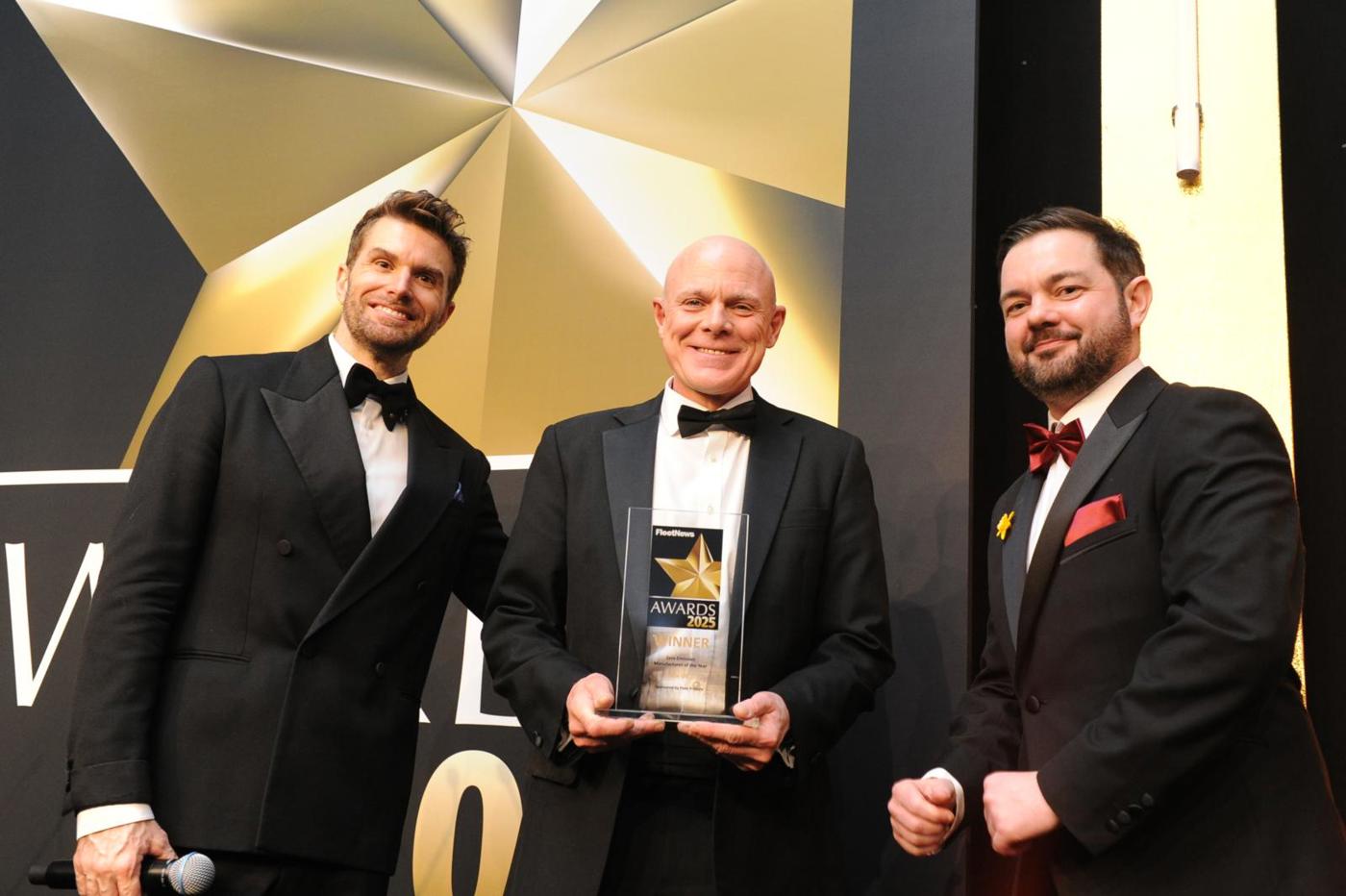

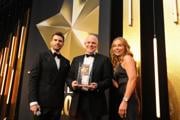






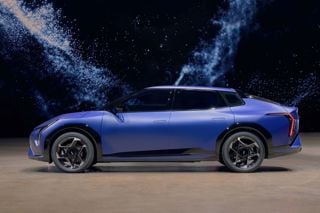
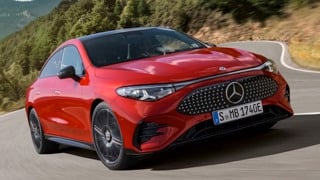
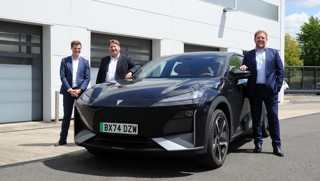
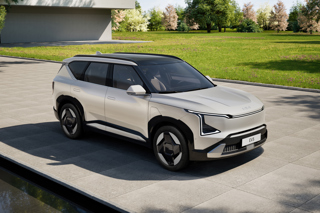
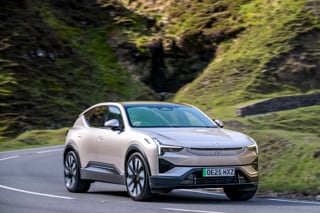



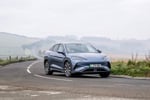

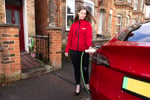





Login to comment
Comments
No comments have been made yet.